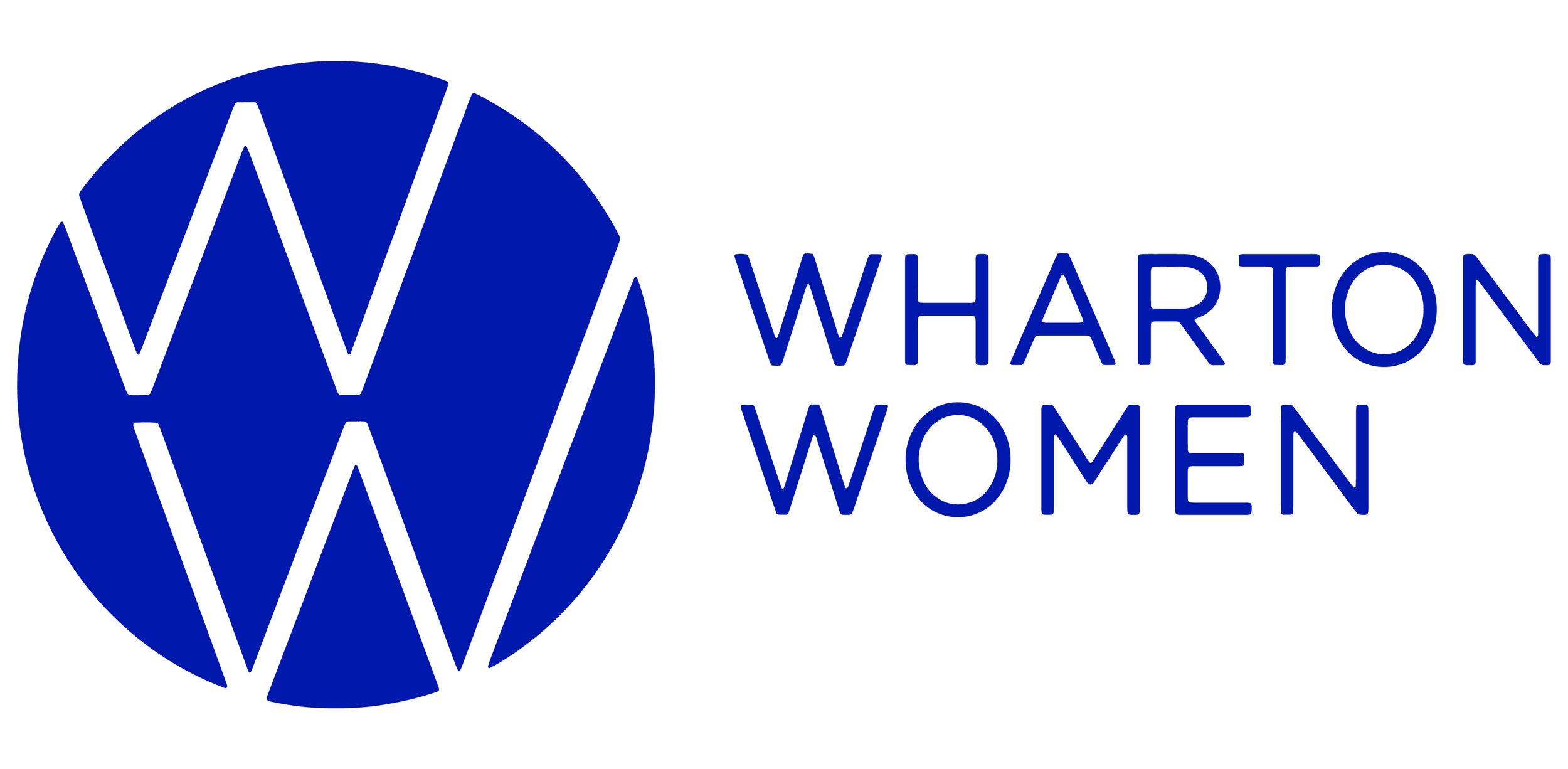The Rise of Resale: Why Secondhand Luxury is Transforming the Market
Written by Nina Rawal (W’27); Edited By Jessica Hua (W’26)
Over the last few years, the luxury secondhand market has witnessed a historic boom, forcing conventional luxury brands to take notice and rethink consumerism. Gone are the days when secondhand luxury was viewed as a niche segment; today it's a multibillion-dollar industry driven by environmentalism, technology, and changing attitudes toward ownership.
The Growth of the Secondhand Luxury Market
Luxury resale online platforms such as The RealReal, Vestiaire Collective, and Rebag have seized on changing consumer preferences to sell authenticated, high-quality products at a lower price. Recent market studies show the global luxury resale market growing at a compound annual growth rate (CAGR) of over 10% in the next few years, higher than the growth of the underlying luxury market.
There are several reasons for this boom. Older shoppers, particularly Millennials and Gen Z, prioritize ethics and sustainability, so they go for second-hand luxury items. Additionally, advances in authentication technology and blockchain-based provenance tracking have increased trust in second-hand luxury buying.
Evolution of Consumer Attitudes
Luxury fashion once represented exclusivity and first possession prestige. This has now altered, however, with shifting attitudes driving pre-owned luxury into high demand. Secondhand shopping is now regarded as smart investments for consumers, with some vintage and rare pieces even appreciating in value over time.
Apart from this, celebrities and social media influencers alike publicly adopting resale has also helped normalize buying secondhand. For example, SZA, a well-known artist, has expressed her love for thrifting most of her t-shirts, rather than buying them new. The "circular fashion" movement that advocates for the longer life cycle of fashion and accessories has also legitimized the trend.
Challenges for Traditional Luxury Brands
Resale growth imperils and also holds the promise for legacy luxury brands. While some such as Burberry and Gucci have ventured into tie-ups with resellers or launched their own approved pre-owned units, others fear giving up control over brand image and pricing.
Luxury brands are then faced with the challenge of remaining exclusive but not rigid to adapting consumer preferences. Several of them have addressed it by increasing attention to timeless designs and limited manufacturing quantities to amplify long-term worth, rendering their products more aspirational in primary and secondary markets.
The Future of Luxury Resale
As secondhand luxury continues to build steam, the market is also going to see more innovation in areas of authentication, artificial intelligence-based pricing algorithms, and built-in resale through direct-to-consumer platforms. More brands are going to implement circularity in the form of trade-in programs and pre-owned warranties.
Ultimately, the rise of resale marks a shift in luxury consumption—one where sustainability, accessibility, and digitalization are reshaping the traditional luxury model. As the landscape evolves, consumers and brands alike will need to map this new luxury universe with adaptability and foresight.
